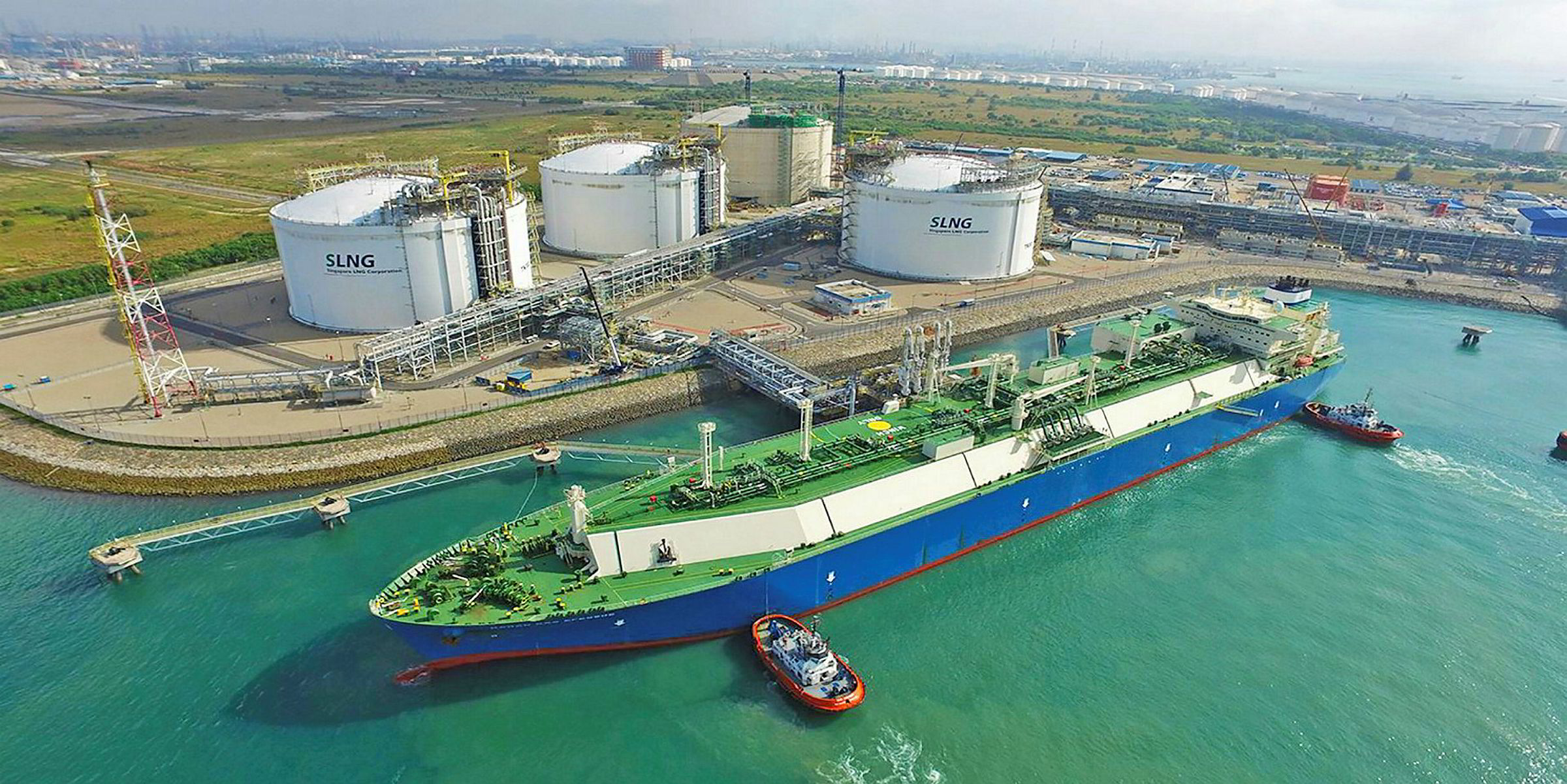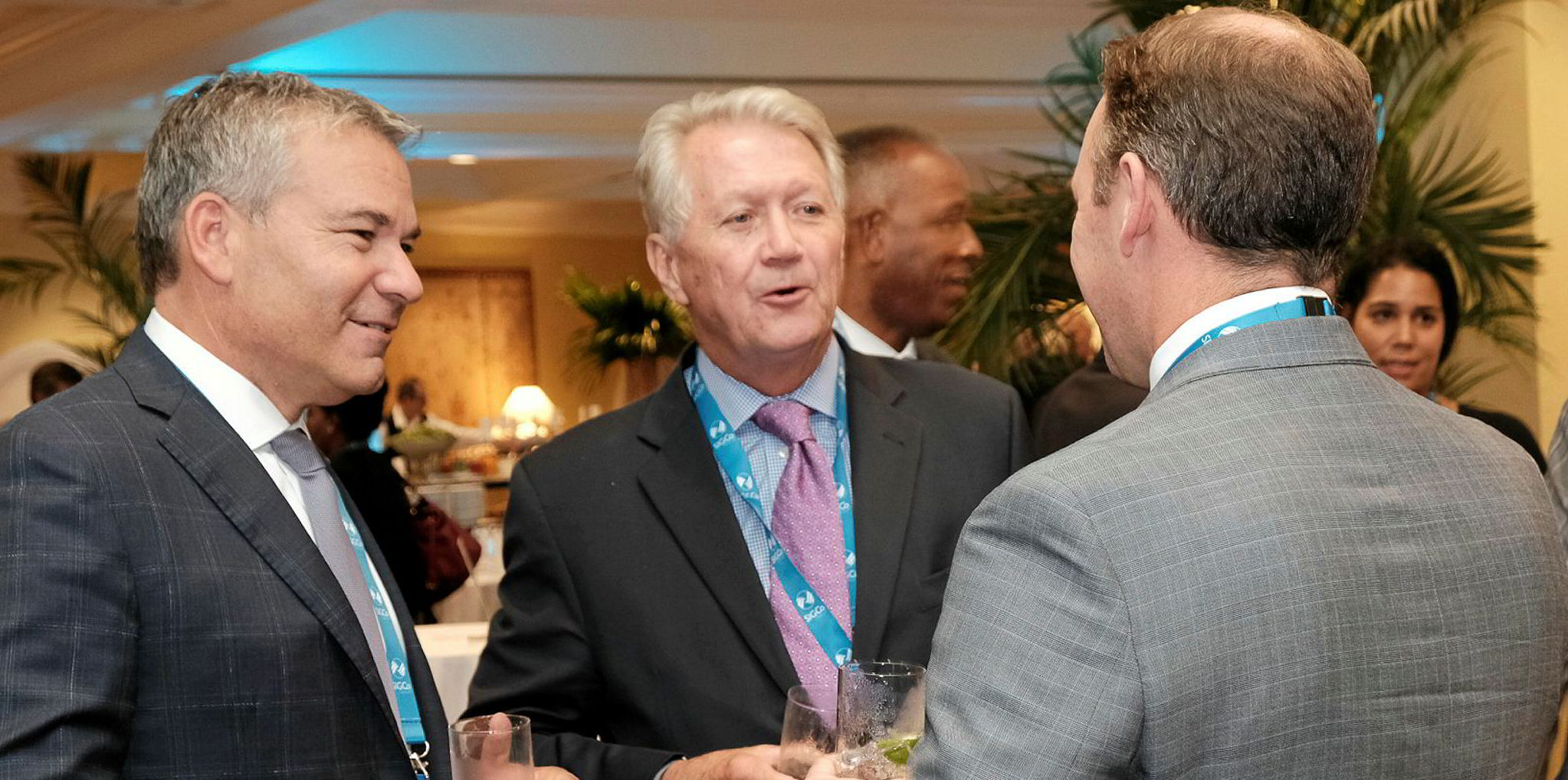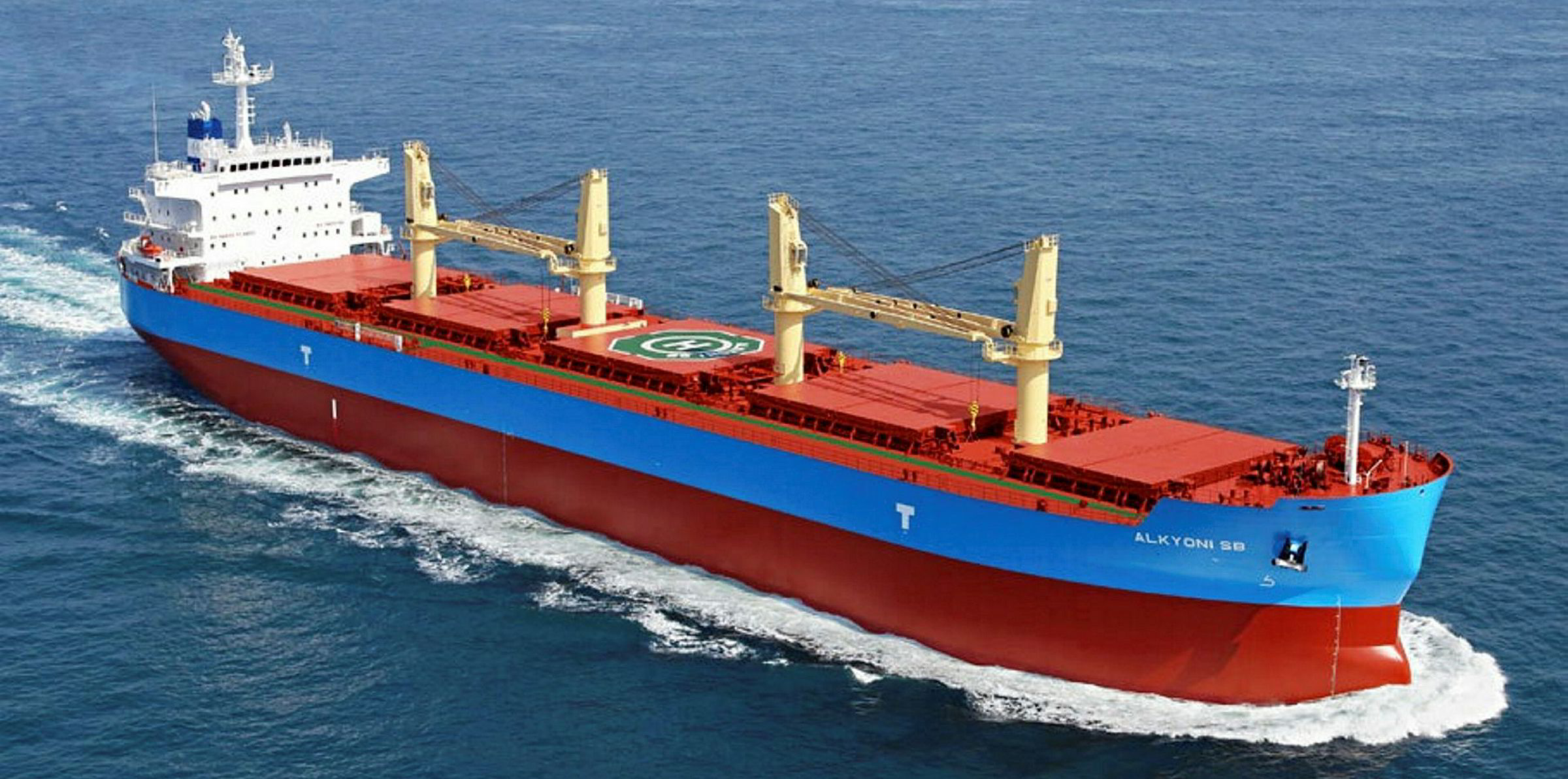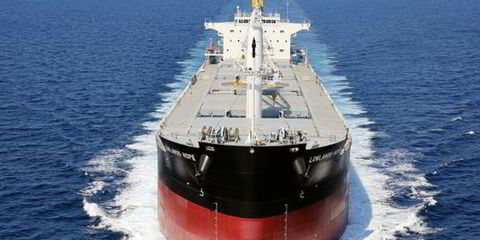A TradeWinds Knowledge survey has found 18 of the world’s largest bunkering ports will generally be able to supply the main types of marine fuels in January 2020 when the IMO’s new sulphur cap comes into effect.
Based on feedback from port authorities, bunker suppliers, consultancies and other market players, the survey shows high-sulphur fuel oil (HSFO) will still be available in the bunkering hubs across the globe.
The ports surveyed are Busan, Shanghai, Zhoushan, Hong Kong, Singapore, Colombo, Mumbai, Fujairah, Durban, Istanbul, Piraeus, Rotterdam, Gibraltar, New York, Houston, Los Angeles, Panama and Santos.
“Concerns over HSFO availability as many refiners move to limit its production appear unfounded. The dominant bunker fuel pre-2020 is still expected to be available at all those ports come January,” TradeWinds Knowledge said.
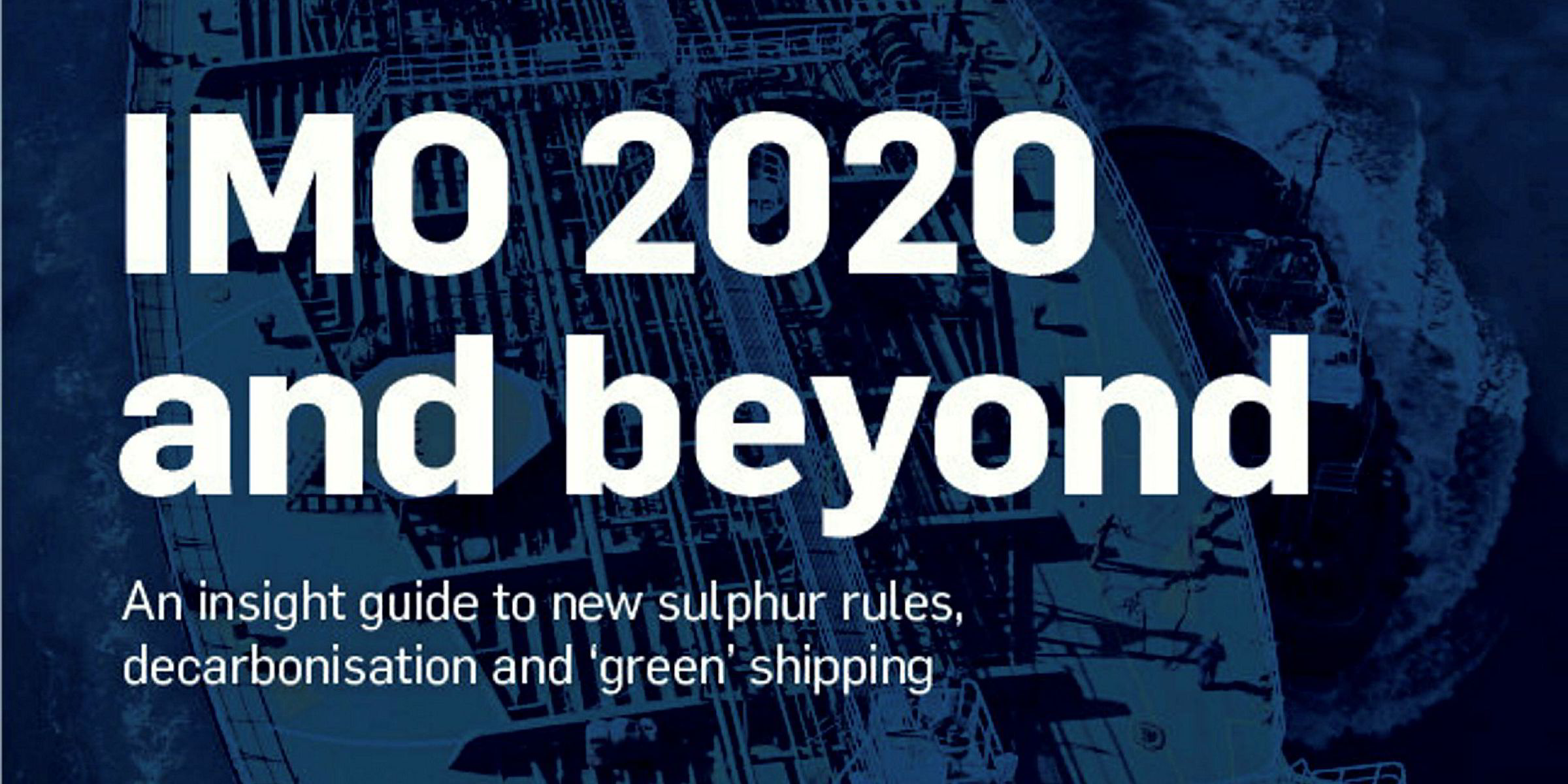
Check out TradeWinds Knowledge http://bit.ly/35g4KZ1 , our new research project on IMO 2020 and decarbonisation
Oil experts have suggested HSFO production will continue as it is a natural byproduct of the production process of most refineries. Large investments are required to build facilities that can convert HSFO into other high-value products.
There will remain in excess of 800,000 barrels per day of HSFO in 2020, according to an Argus analysis.
However, The TradeWinds Knowledge survey focuses on general supply situations. Occasional shortage is still expected as the global bunker supply network adjusts to new regulations.
Based on the IMO rules, vessels fitted with scrubbers can continue to consume HSFO come January, while others need to switch to marine gasoil (MGO), low-sulphur fuel oil (LSFO), LNG, LPG or other compliant fuels.
Aside from Colombo, Sri Lanka, where the supply situation is uncertain, MGO is going to be available in all the ports being surveyed, according to TradeWinds Knowledge.
LSFO, a term referring to a variety of new petroleum products with 0.5% sulphur limits, will be available in all those ports except for the Brazilian port of Santos.
“The availability of compliant fuel products is just one of the issues facing IMO 2020,” TradeWinds Knowledge said. “Other than sulphur content, new fuels also need to have consistent viscosity and stability, otherwise ship engines and other equipment onboard could be damaged.”
LNG as marine fuel will be commercially available in at least six of the 18 ports, including Singapore and Rotterdam, the world’s two largest bunkering hubs by sales, according to TradeWinds Knowledge.
However, none of the ports offer regular LPG fuelling services. Some VLGC owners have stated LPG bunkering infrastructure will be easy to build, with the fuel’s wide availability and the global fleet of some 500 handysize LPG carriers that can serve as bunkering ships.
A total of 10 dual-fuel VLGCs that can run on LPG have been ordered, including five by Tianjin Southwest Maritime, according to TradeWinds Knowledge.
“Fuel price spreads [between LPG and LSFO] and operational performance of early adopters will likely determine how LPG fares in the long run,” the report said.
Download a sample TradeWinds Knowledge report via http://bit.ly/35g4KZ1
